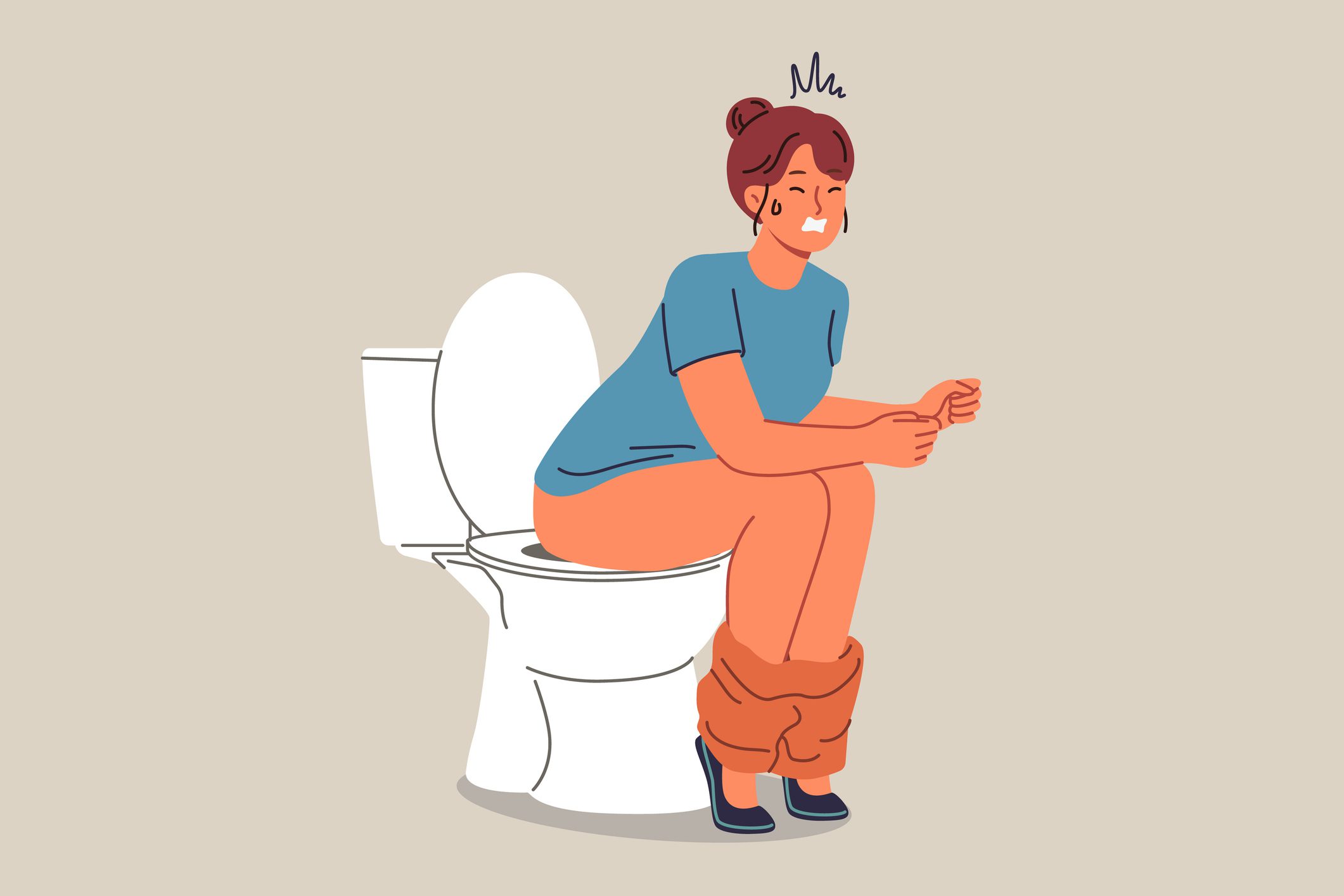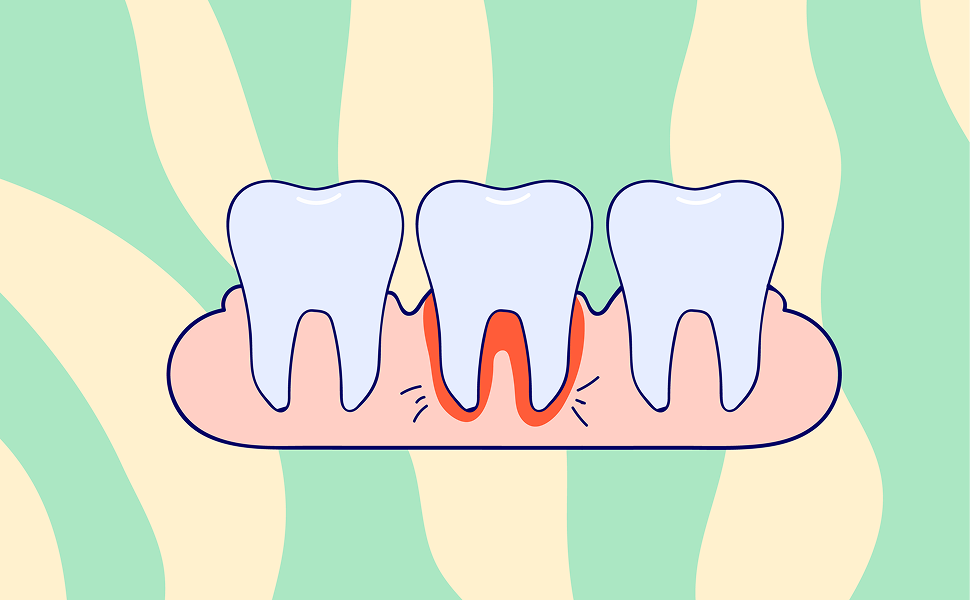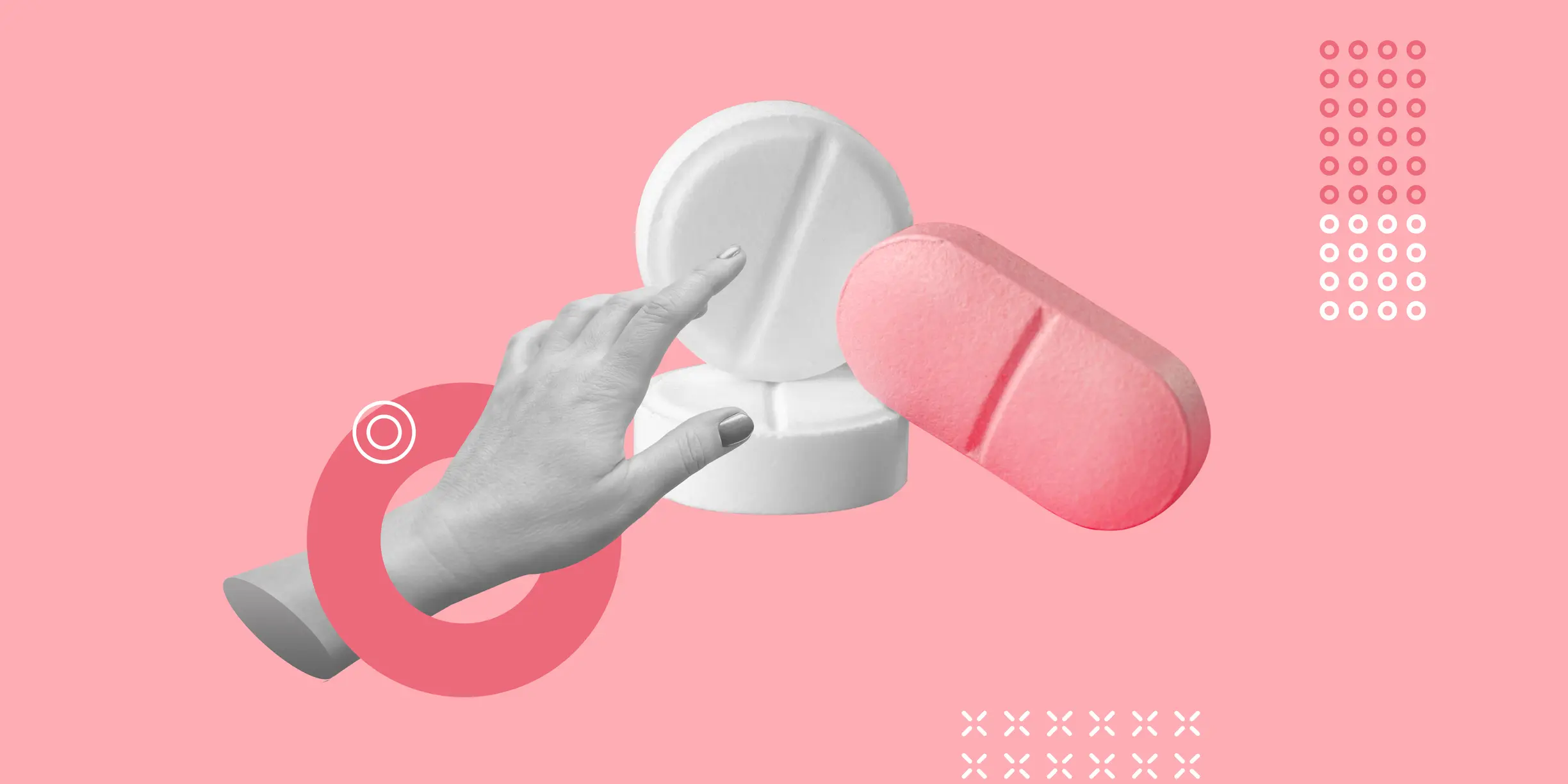
Published on May 30, 2025
Last modified on Oct 28, 2025
Pelvic Floor Dysfunction Might Be the Culprit Behind Your Constipation
5 min read
At some point or another in all of our lives, we experience constipation. Oftentimes, disruptions to our diet or routine (hello travel constipation) manifest in a little back-up, but did you know that constipation can also be a sign of pelvic floor dysfunction? Pelvic floor dysfunction can impact women throughout their lives, but it’s especially common during periods of hormonal fluctuation, such as pregnancy and menopause.
Pelvic Floor Physical Therapist and Elektra Guide Alissa Yarkony, PT, MPH, CHC is weighing in on why we need to be talking more about constipation in peri- and postmenopause, and what women can do about it.
But first, what is the pelvic floor?
The pelvic floor is a group of muscles that spans the bottom of our pelvis from the pubic bone to the tailbone, and supports our pelvic organs — this includes our bladder, urethra, bowel, rectum, and internal reproductive organs. This muscle group essentially holds all of these organs in place and plays a vital role in controlling bowel, bladder function, and sexual function.
During and after perimenopause, decreasing estrogen levels can cause reduced lubrication and thinning of the vulvar and vaginal tissue. This impacts elasticity of the pelvic floor muscles, and in turn pelvic floor function, which can manifest in several ways, including constipation.
Constipation and the pelvic floor
Pelvic floor dysfunction can look like weakness or tightness in the muscles, both of which can cause different downstream effects, including bowel movement changes. When someone has an overly tight pelvic floor, they can experience constipation and consequent abdominal bloating.
How does it work? Well, normally the rectum and pelvic floor muscles work oppositely; the rectum pushes poop out and the pelvic floor muscles and anal sphincter relax to let it pass. But when muscles are too tight or overactive, they don’t coordinate properly to relax, which makes it harder to pass stool, causing constipation and therefore straining. This condition is called dyssynergic defecation in science-speak, and can cause other pelvic floor issues when left untreated.
What can I do to manage constipation on my own?
Move your body! Physical activity helps digestion and gets the bowels moving, but it doesn’t have to be intense! A 15 minute walk will do.
Don’t overlook strength training. Strength training is super important in menopause, largely due to its role in reducing our risk of developing osteoporosis, but this type of exercise is great for pelvic floor health, too. Our glutes, hips, and lower back muscles all help to stabilize the pelvic floor, which in turn improves pelvic health.
Fill up on fiber. Not only does fiber support digestion and bowel movements, but it also boosts gut health and aids in blood sugar control, all of which are important during menopause. I recommend aiming for 25-30 grams of fiber per day.
Increase your water intake. Water is super important when it comes to digestion because it makes stool softer and easier to pass. If you find that it’s difficult to monitor how much you are drinking, I recommend buying a water bottle that measures ounces so you can know exactly how much you are drinking throughout the day.
Use a squatty potty. If you don’t have a toilet stool or squatty potty, this is your sign. They essentially raise your knees above your hips, which optimizes rectal alignment for easier passage. They’re a total game changer!
Don’t ignore the urge to go. Bowels are typically most active after meals, especially in the morning after breakfast. When the urge to go comes, don’t wait. If we ignore our body’s signals to poop, the signals weaken over time, which can prolong the issue.
Can’t I just use a laxative?
As appealing as a one-stop fix all for pelvic floor constipation sounds, it doesn’t exist. Stool softeners and laxatives can be helpful for short-term use when absolutely necessary, but shouldn’t be used long term as our bodies can become dependent on them to have a bowel movement. Plus, if the constipation is related to pelvic floor dysfunction, OTC medications won’t help with the root issue.
READ MORE: Fiber and Menopause: Here’s What You Should Know
What role does pelvic floor physical therapy play?
If you’re finding that constipation is persisting despite lifestyle changes like increased fiber and hydration, you may benefit from seeing a pelvic floor physical therapist, or a PFPT. Pelvic floor therapists are healthcare professionals that specialize in treating pelvic floor disorders, and will work with you to put the puzzle pieces together and understand what may be causing the constipation. In addition to providing dietary and exercise recommendations, they may recommend one of the following physical treatments:
Biofeedback
Biofeedback is a treatment that uses sensors or hands on assessment to provide real time feedback on muscle control and activity, and helps women learn to strengthen or relax their pelvic floor muscles.
Manual therapy
Manual therapy involves hands-on techniques such as abdominal muscle massage or myofascial release techniques to help decrease tension in tight muscles, fascia, scar tissue, or visceral organs that might impede bowel function.
Can MHT help?
While they are two different things, there’s a lot of overlap between pelvic floor dysfunction and genitourinary symptoms of menopause (GSM), including digestion issues.
During menopause, declining estrogen and progesterone levels can cause a whole host of issues: hot flashes, insomnia, joint pain, you name it. But decreasing estrogen can also slow digestion, which can contribute to or overlap with constipation related to pelvic floor dysfunction. Maintaining estrogen levels through hormone therapy can help to support pelvic floor strength, and is a tool that we can use alongside pelvic floor physical therapy.
Key Takeaways:
Decreasing estrogen levels in the menopause years can impact elasticity of the pelvic floor muscles, resulting in over-tightness or weakness, which can both cause constipation. We can often manage constipation on our own through lifestyle changes, but in cases where symptoms persist, pelvic floor physical therapy is a super helpful tool.
READ MORE: 6 Symptoms of Pelvic Floor Dysfunction in Perimenopause (Urinary Incontinence, Pelvic Pain, Etc.)



